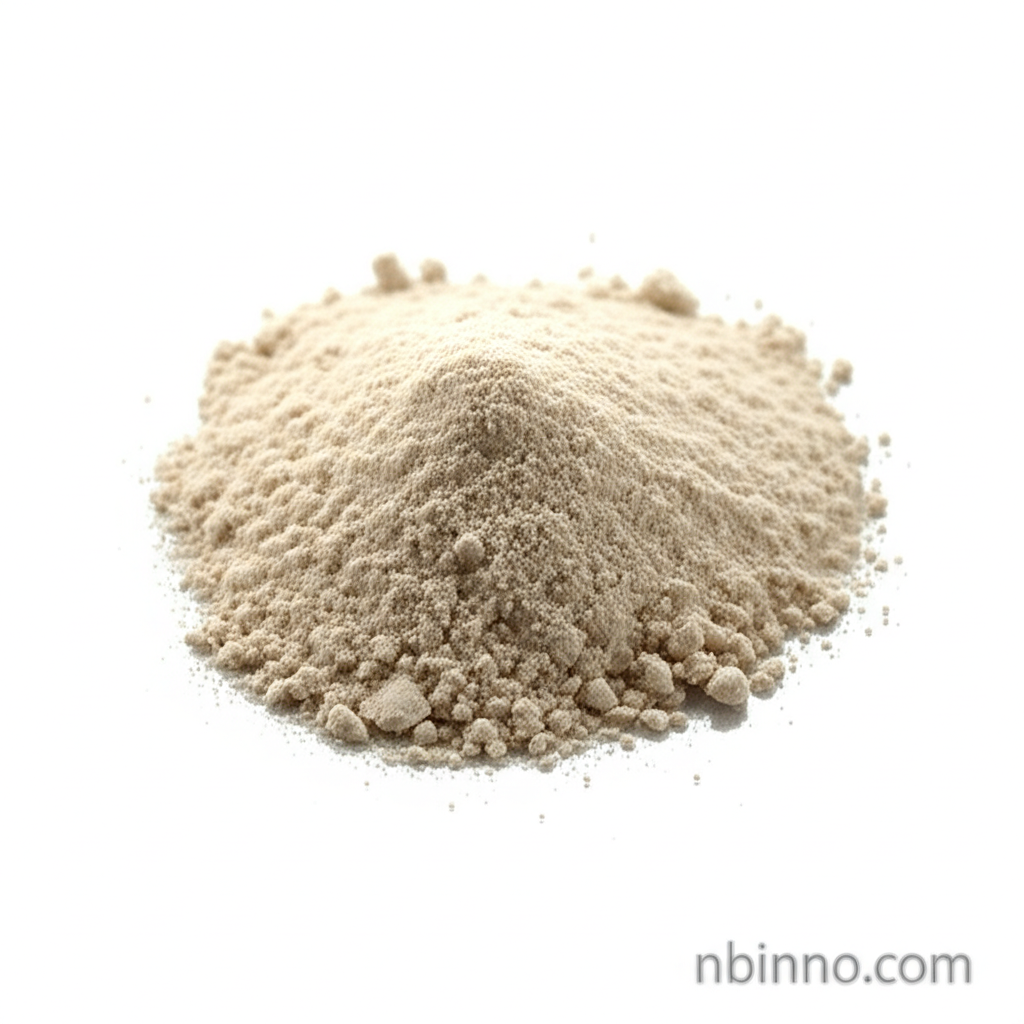1-Butyl-2,3-dimethylimidazolium Chloride: Properties, Applications, and Synthesis in Ionic Liquids
Discover the versatile nature of this advanced ionic liquid and its impact on modern chemical processes.
Get a Quote & SampleProduct Core Value

1-Butyl-2,3-dimethylimidazolium Chloride
An innovative ionic liquid with low volatility and high thermal stability, serving as an excellent solvent for various chemical reactions and processes. Its ability to dissolve a wide range of organic and inorganic materials enhances its utility in fields such as catalysis, electrochemistry, and materials science.
- Explore the potential of using 1-butyl-2,3-dimethylimidazolium chloride synthesis in advanced catalytic applications.
- Understand the unique ionic liquid solvent properties offered by this compound for green chemistry initiatives.
- Investigate the specific applications of BDMIMCl in catalysis for pharmaceutical synthesis.
- Learn how ionic liquids, like BDMIMCl, are crucial for efficient electrochemistry applications.
Advantages
Enhanced Stability
Experience high thermal stability, making it a reliable choice for demanding reactions, supporting the need for stable solvents in advanced processes.
Environmental Benefits
Contributes to green chemistry by reducing the need for volatile organic solvents, aligning with sustainable practices for improved waste reduction.
Versatile Applications
Its broad solubility profile makes it suitable for a wide array of applications, from metal extraction to energy storage, demonstrating its utility across various industries.
Key Applications
Green Chemistry
Serves as a solvent in various chemical reactions, promoting environmentally friendly processes by reducing the need for volatile organic solvents, a key aspect of 1-butyl-2,3-dimethylimidazolium chloride applications.
Electrochemistry
Used in the development of ionic liquids for batteries and supercapacitors, enhancing energy storage capabilities and efficiency, a core area for BDMIMCl in electrochemistry applications.
Catalysis
Acts as a catalyst or co-catalyst in organic reactions, improving reaction rates and selectivity, beneficial for pharmaceutical synthesis and other industrial processes.
Biomass Conversion
Plays a role in the conversion of biomass into biofuels, aiding in the extraction of valuable compounds while minimizing waste, showcasing its use in biomass conversion solvents.
